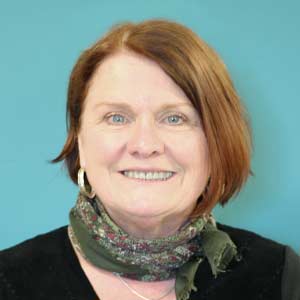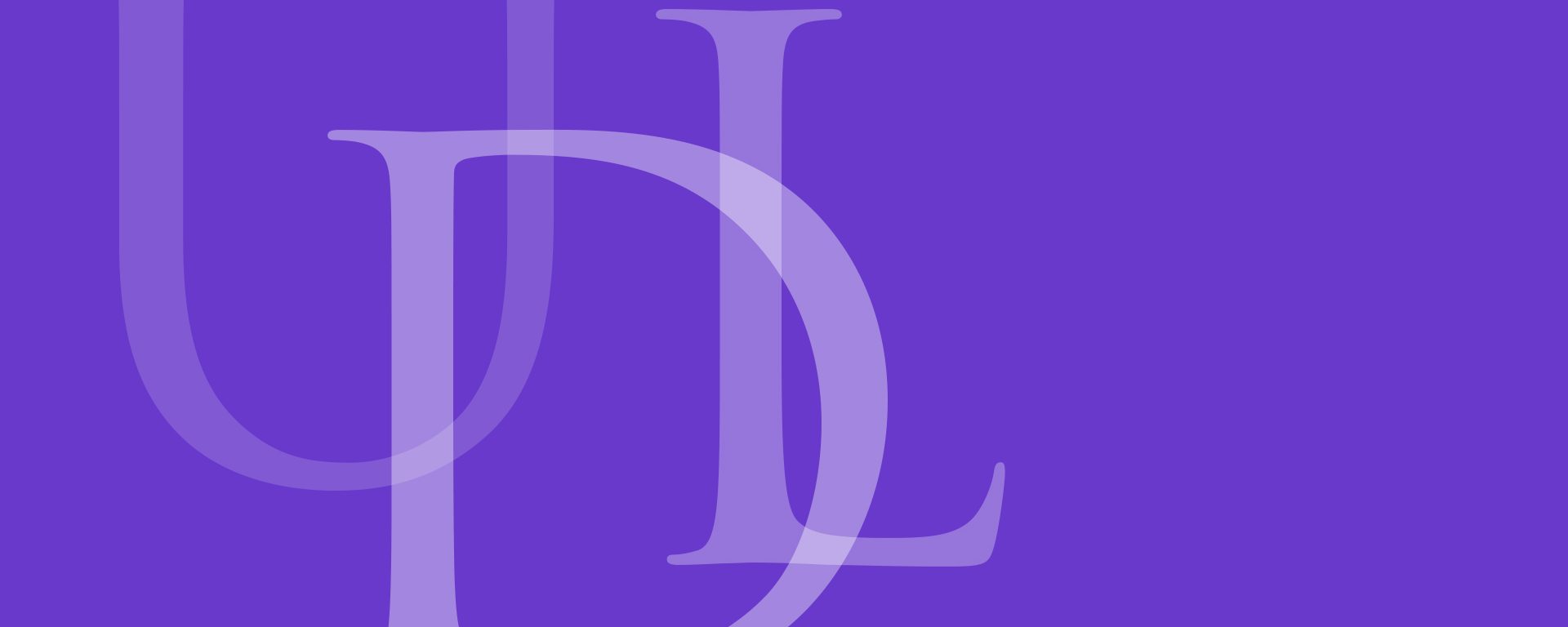Universal Design for Learning (UDL) Goes Grad School:
How creative expression and communication engage and connect classrooms
By Dr. Sandi Coyne-Gilbert, MBA, DM
Leadership is a practical and powerful course of study for students looking to learn about themselves and to understand how they can influence the world around them. As program director for Goodwin University’s Master’s in Organizational Leadership (MSOL), I am honored to work with individuals who are inspired to explore their leadership journeys. From discerning their leadership paths to putting it all into play, nurturing the ability to persist and push forward with others is a pivotal, purpose-driven experience.
MSOL is a relatively new program to Goodwin, and it soon became evident that it would change students’ lives by providing them critical opportunities to discover who they are and what their potential truly means in their professional careers and personal lives.
Studying leadership introduces students, through an academic lens, to appreciate the power of relationships. Yet, as I began to guide my students in their studies, I realized to my dismay that I had already predetermined some of the classroom’s communication methods. I did not allow students alternative avenues to step forward and freely share their stories.
In their first MSOL course, Foundations of Leadership, students are asked to construct a leadership development action plan. This assignment can be quite daunting to new graduate students, so I staggered the action plan assignment throughout the course with drafts due each week — enabling students to process what they learned along the way and allowing for faculty feedback before completing the class.
Eager to get to know everyone enrolled in the program, I reviewed some of the beginning stages of the students’ leadership plans and saw that passion and personality were lacking on the page.
Innovative instruction: When individualism meets inclusion
I soon understood that my directive for all students to write their leadership plans down on paper was not a practical expression method for everyone. Although dividing up the assignment over the course might have reduced a bit of the concern, it did not provide students with any alternate strategies to demonstrate what they had learned and to truly shine.
Directing students to express themselves solely through the written word was a constraining curricular component that had to change! I wanted them to be confident enough to express their unique experiences and to communicate in ways that made them most comfortable. I wanted them not only to be in attendance literally but also, through mixed media, to show up to class ready and able to articulate their authentic selves.
As a fellow of Universal Design for Learning, an educational framework designed to outline opportunities for all learners, I knew that the curriculum had to be easily accessible to ensure student success, so I went straight to the source.
I began to have conversations with students about how they viewed their first assignment in the MSOL program. I asked questions about their satisfaction with the course’s content and inquired if the work allowed them to express themselves adequately.
Students were honest in telling me that the written-only templates limited their answers and did not enable them to engage and communicate with their classmates.
Though the class allowed significant space for discussion, the original leadership action plan project proved to be a “check off the box” experience and hindered students’ eagerness to reach beyond and form connections with one another.
Upon hearing their responses, I realized that I had not remembered one of the critical elements of Universal Design for Learning to “use multiple media for means of communication and expression.”
I then asked myself, “What if I removed the learning limitations, explored alternative options, and empowered students to express themselves in their own ways? What would happen then?”
When creativity connects the cohort
After I had this “aha moment,” I restructured the first assignment right away.
Under the new guidelines, students now had a “sky’s the limit” option. No longer restricted only to writing, graduate students could now choose to present their leadership plans via animation, audio, dance, film, illustrations, music, video, and more.
I quickly rendered resources on creating Powtoon presentations, Piktochart infographics, and even included instructions for students to set up their own YouTube channel so that fellow students could subscribe to their success.
To captivate and stay current, I also included social media strategies for students to express themselves, software platforms that could provide them with more efficient means to communicate, and supportive, interactive applications to better articulate their leadership action plans.
Empowering students of higher education
At first, students were a little wary. Never before did they have the chance to determine how to best represent their core beliefs, ideas, and intentions in their previous undergraduate education. But the new options to communicate in graduate school presented new growth opportunities.
For the students who still preferred pen and paper, I did not deter them from learning through the written lens either; I only empowered them to do it well.
Several students took full advantage of the available options. One wrote a poem, while another composed a song, and each pupil put purpose behind their presentations.
Creative freedom to communicate also advanced the curriculum and enhanced the closeness of the classroom. As a result, the cohort felt more compassionate and complete. Newfound confidence appeared, and what was once lacking on the page transformed into a present and enthusiastic wholeness to each students’ story and voice.
Within this new engaged expression, I found that students who committed to the assignment incorporated pieces of themselves into their responses and ultimately learned to include more of themselves in their life’s work.
A lesson now more significant than initially designed, the revised leadership development action plan worked not just as an assignment but also as a memorable map to help students acclimate to diverse perspectives and presentation possibilities as they focused forward on their futures.
Revamping the lesson into a UDL solution reshaped the classroom and sparked malleable motivation in my students. When presenting their leadership plans in a language that made the most sense to them, it was evident that students were now not only committed to the assignment, but were able to envision the leaders they were on the path to becoming.

Sandra (Sandi) Coyne-Gilbert is an accomplished leader with experience in both the education and nonprofit sectors. Coyne-Gilbert specializes in working with adult learners and is enthusiastic about instilling a passion for lifelong learning in her students. Her work with at-risk and marginalized groups provided her with unique insights into the power of education for people in transition. Beyond the educational field, Coyne-Gilbert also has experience in marketing and nonprofit leadership. Most notably, she was one of the driving forces behind the development of the Ronald McDonald House in Springfield, MA. Coyne-Gilbert looks forward to bringing her experiences to the classroom as program director for the master’s degree in Organizational Leadership at Goodwin University.

